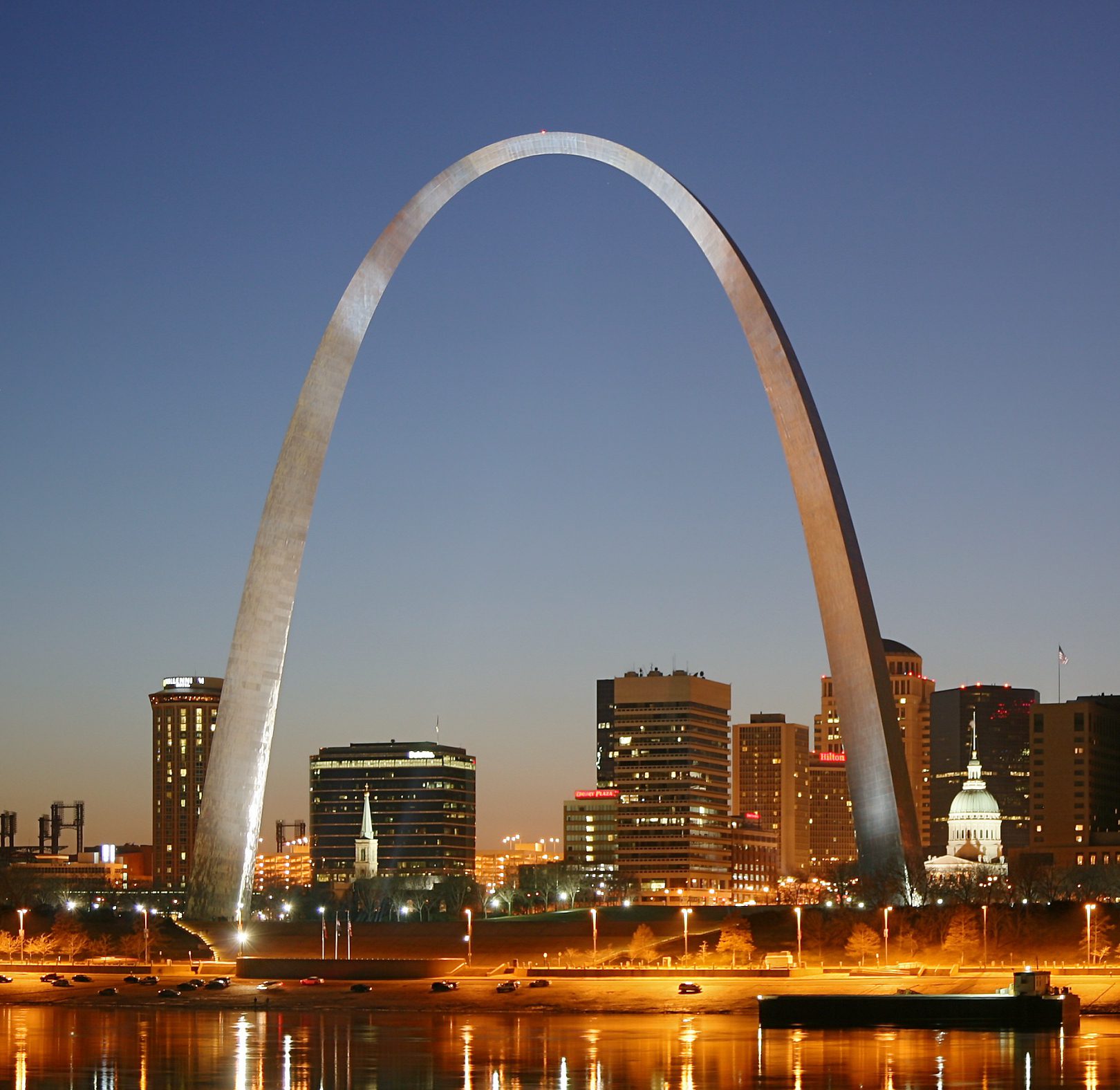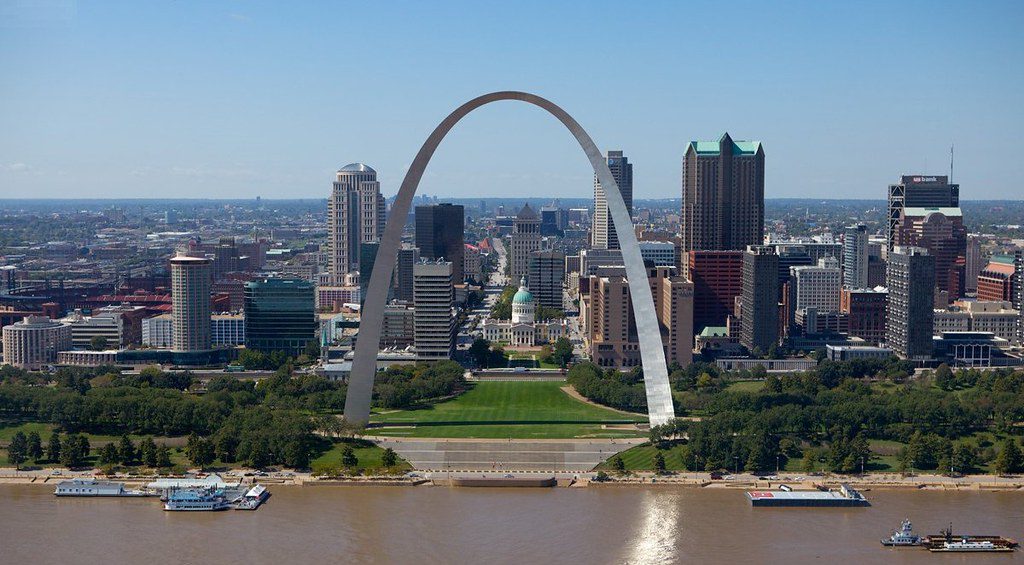Gateway Arch, a monument in St. Louis, Missouri, sits along the west bank of the Mississippi River. The Gateway Arch takes its name from the city’s role as the “Gateway to the West” during the westward expansion of the United States in the 19th century. The gleaming archway, part of Gateway Arch National Park, commemorates the Louisiana Purchase (1803) and the subsequent opening of the West to settlers following the Lewis and Clark Expedition (1804–06), which began nearby.
The arch was designed by Finnish-born American architect Eero Saarinen in 1948 and was constructed between 1963 and 1965. The strong, elegant shape of the arch represents a door to the western part of the country. The arch is 630 feet (192 metres) tall, and the distance between its two legs is equal to its height. Inside are two trams, each of which consists of eight cars that each carry up to five seated people at a time.

Visitors can take a four-minute tram ride to the viewing platform at the top of the arch. Sixteen windows face east, and the same number face west for views of the city, river, and surrounding land. At the base of the arch, the Museum of Westward Expansion features displays showing what life was like in the 1800s as well as exhibits on the construction of the arch.
The St. Louis Gateway Arch isn’t just a national monument, it is a stamp of pride for the St. Louis community, and true wonder for all who come to see it. Today it remains a significant icon to all who dwell in the greater St. Louis area. The community utilizes the Gateway Arch in many ways throughout the year. It not only stands as a symbol of westward expansion but also a culmination of social religion. Through our research of a great history and a colorful present, we have explored the vast significance of the St. Louis Gateway Arch and sought out its deep religious meaning.
According to en.wikipedia; britannica.com; archcityreligion.org. Source of photos: internet








![[HONORARY PROFESSOR OF RECORD FOR PRACTICE AND EMPIRICAL RESULTS – 2024] RECORD HOLDER CHU BAO QUE (BAC GIANG PROVINCE, VIETNAM)](https://uskings.us/wp-content/uploads/2024/05/IMG_0386-218x150.jpg)